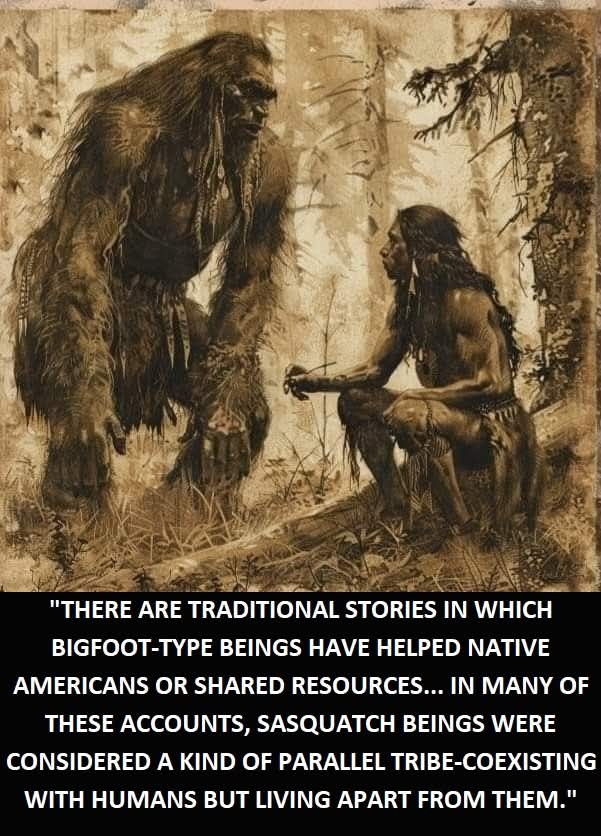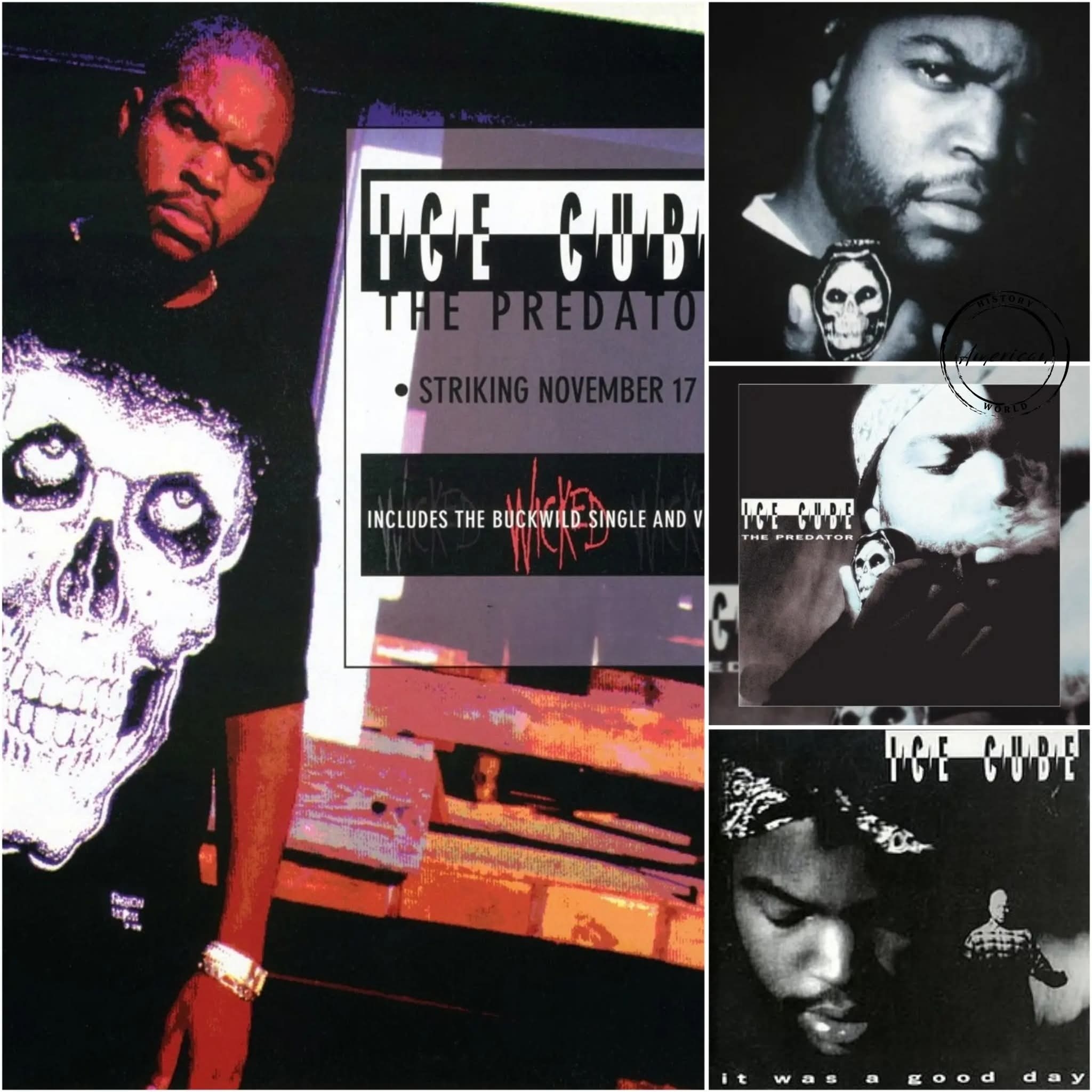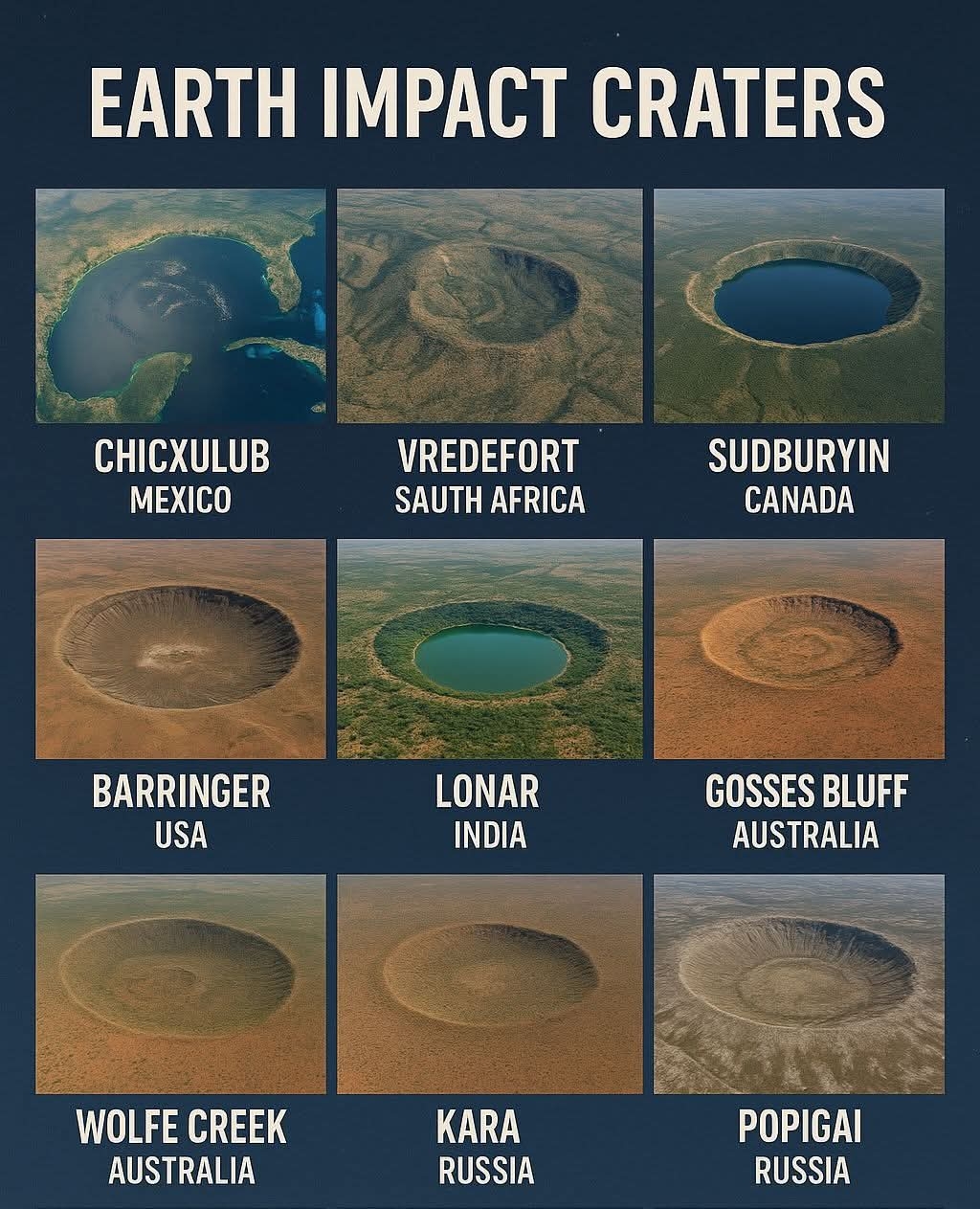The legend states that in 1855, Choctaw warriors encountered a group of enormous, hairy creatures resembling what we now know as Bigfoot. These creatures were said to be very large, standing around 7 to 8 feet tall, with a muscular build, covered in dark hair, and possessing incredible strength. They lived deep in the forests of what is now Oklahoma, where the Choctaw had settled after their forced removal from their original homeland under the Indian Removal Act (part of the Trail of Tears).
The Attack on the Choctaw:
According to the story, these Sasquatch-like beings began terrorizing Choctaw villages, stealing food and livestock and occasionally attacking people. In some versions of the tale, the creatures are said to have kidnapped a few children, which prompted the Choctaw to take action against them.
Choctaw Warriors Fight Back:
A Choctaw leader, either a chief or a respected warrior, gathered a group of the tribe’s best fighters to track down these creatures and put an end to the terror. These warriors were skilled in combat, known for their bravery and ability to navigate the forests and mountains. Armed with spears, bows, and arrows, they set off into the woods to confront the creatures.
The Battle:
The Choctaw warriors eventually tracked the creatures to their hiding place deep in the wilderness. The resulting confrontation is described as a fierce battle, with both sides fighting ferociously. The Sasquatch-like creatures, due to their size and strength, were a formidable enemy, but the Choctaw warriors managed to prevail, killing several of the creatures. Some versions of the legend claim that a few of these creatures escaped into the wild, never to be seen again.
Aftermath:
After the war, the attacks on the Choctaw villages ceased, and the surviving creatures either fled or were too afraid to return. The warriors were hailed as heroes for protecting their people, and the story was passed down through generations as part of Choctaw oral tradition, though it has since evolved into a more cryptozoological tale.
The Attack on the Choctaw:
According to the story, these Sasquatch-like beings began terrorizing Choctaw villages, stealing food and livestock and occasionally attacking people. In some versions of the tale, the creatures are said to have kidnapped a few children, which prompted the Choctaw to take action against them.
Choctaw Warriors Fight Back:
A Choctaw leader, either a chief or a respected warrior, gathered a group of the tribe’s best fighters to track down these creatures and put an end to the terror. These warriors were skilled in combat, known for their bravery and ability to navigate the forests and mountains. Armed with spears, bows, and arrows, they set off into the woods to confront the creatures.
The Battle:
The Choctaw warriors eventually tracked the creatures to their hiding place deep in the wilderness. The resulting confrontation is described as a fierce battle, with both sides fighting ferociously. The Sasquatch-like creatures, due to their size and strength, were a formidable enemy, but the Choctaw warriors managed to prevail, killing several of the creatures. Some versions of the legend claim that a few of these creatures escaped into the wild, never to be seen again.
Aftermath:
After the war, the attacks on the Choctaw villages ceased, and the surviving creatures either fled or were too afraid to return. The warriors were hailed as heroes for protecting their people, and the story was passed down through generations as part of Choctaw oral tradition, though it has since evolved into a more cryptozoological tale.
The legend states that in 1855, Choctaw warriors encountered a group of enormous, hairy creatures resembling what we now know as Bigfoot. These creatures were said to be very large, standing around 7 to 8 feet tall, with a muscular build, covered in dark hair, and possessing incredible strength. They lived deep in the forests of what is now Oklahoma, where the Choctaw had settled after their forced removal from their original homeland under the Indian Removal Act (part of the Trail of Tears).
The Attack on the Choctaw:
According to the story, these Sasquatch-like beings began terrorizing Choctaw villages, stealing food and livestock and occasionally attacking people. In some versions of the tale, the creatures are said to have kidnapped a few children, which prompted the Choctaw to take action against them.
Choctaw Warriors Fight Back:
A Choctaw leader, either a chief or a respected warrior, gathered a group of the tribe’s best fighters to track down these creatures and put an end to the terror. These warriors were skilled in combat, known for their bravery and ability to navigate the forests and mountains. Armed with spears, bows, and arrows, they set off into the woods to confront the creatures.
The Battle:
The Choctaw warriors eventually tracked the creatures to their hiding place deep in the wilderness. The resulting confrontation is described as a fierce battle, with both sides fighting ferociously. The Sasquatch-like creatures, due to their size and strength, were a formidable enemy, but the Choctaw warriors managed to prevail, killing several of the creatures. Some versions of the legend claim that a few of these creatures escaped into the wild, never to be seen again.
Aftermath:
After the war, the attacks on the Choctaw villages ceased, and the surviving creatures either fled or were too afraid to return. The warriors were hailed as heroes for protecting their people, and the story was passed down through generations as part of Choctaw oral tradition, though it has since evolved into a more cryptozoological tale.
0 Comments
0 Shares
1040 Views




